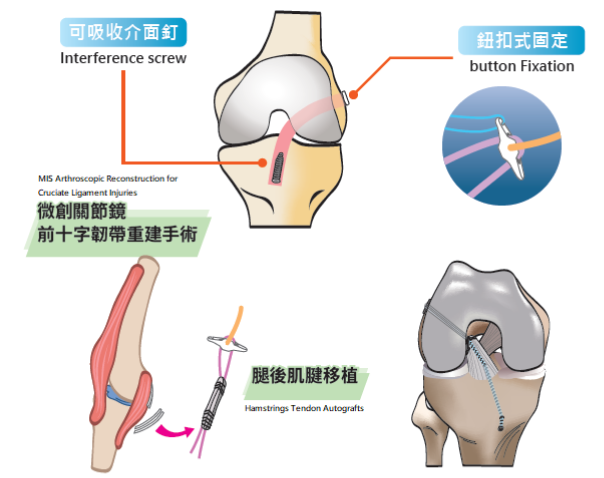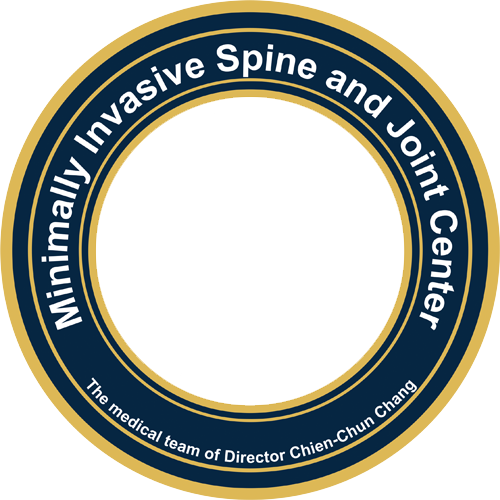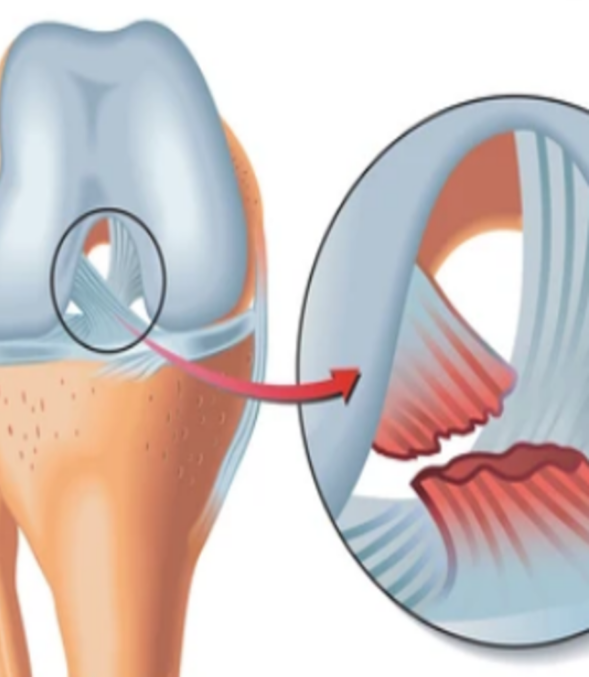Have you ever experienced knee instability or sharp pain during sports, especially while running, jumping, or making quick directional changes?
If so, it might be related to injuries of the anterior cruciate ligament (ACL) or posterior cruciate ligament (PCL).
__25C07REJDJ.png)
Anterior and Posterior Cruciate Ligament Repair Surgery
"Pop!" What Happens When a Cruciate Ligament Tears?
Within the knee joint, the anterior cruciate ligament (ACL) and posterior cruciate ligament (PCL) are two critical structures responsible for stabilizing the knee and managing both anterior-posterior movement and rotational stability.
• ACL injuries typically occur during high-intensity sports or sudden directional changes, such as in basketball, soccer, or skiing.
• PCL injuries, on the other hand, are more commonly caused by high-impact trauma, such as car accidents or a direct blow to the front of the knee.
When the ACL or PCL is injured, patients often experience knee instability, swelling, pain due to internal bleeding, and difficulty bearing weight. However, after a short rest, the affected leg might regain some functionality, misleading patients into believing the injury is minor.
ACL injuries are often accompanied by additional damage to joint cartilage, collateral ligaments, or the meniscus, increasing the risk of developing post-traumatic arthritis. Without proper treatment, these injuries can lead to chronic instability and degenerative joint conditions. Treatment options include conservative physical therapy or surgical repair and reconstruction, depending on the extent of the injury and the patient's activity level.
__24L16RyeOf.png) MIS Procedure
MIS Procedure
Sports Injury
__24L16DdhPI.png)
Rapid Recovery

Rehab Program

Arthroscopic Reconstruction for Cruciate Ligament Injuries
ACL and PCL arthroscopic reconstruction is a minimally invasive procedure performed under direct arthroscopic visualization, requiring only small incisions and no opening of the joint capsule. This approach reduces pain, speeds up recovery, and shortens hospital stays and rehabilitation time. High-strength resin anchors and titanium-polyethylene bone screws are used for superior stability and minimal risk of rejection or complications. Platelet-rich plasma (PRP) is applied during surgery to promote tissue healing and regeneration. Post-surgery, patients only need a knee brace and can walk and bend the joint immediately, allowing for a faster return to daily activities with minimal disruption.
How Should an ACL Tear Be Treated? Do I Need Surgery?
When an ACL tear is accompanied by a meniscus injury and causes knee pain, ligament reconstruction surgery is recommended. Reconstructing the ACL can also reduce the likelihood of future meniscus and cartilage injuries, thereby lowering the risk of developing osteoarthritis. Meniscus tears and ACL injuries can be addressed simultaneously during surgery to alleviate symptoms and prevent long-term complications.











